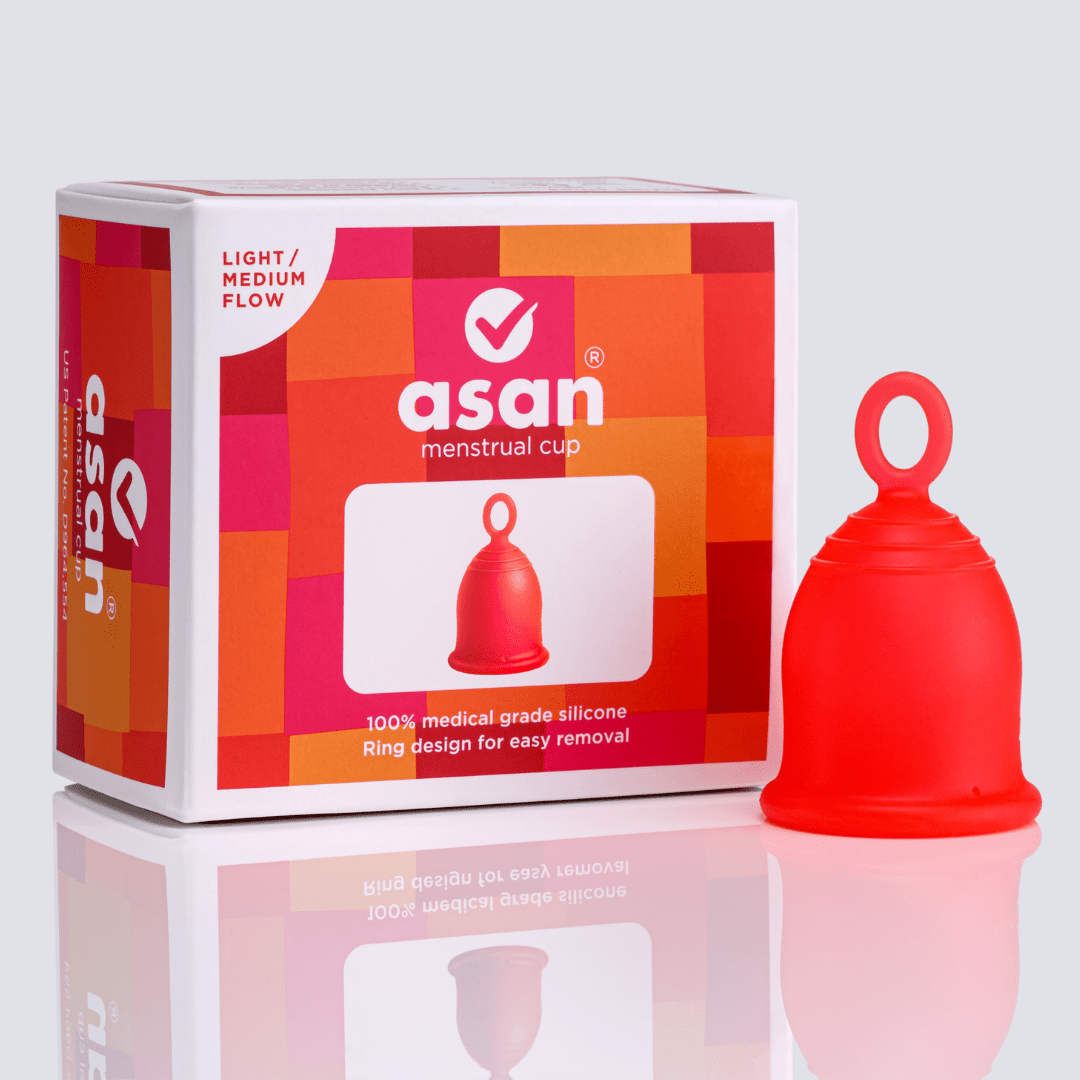This #plasticfreejuly let's talk about the harmful plastic that is used to make sanitary pads and tampons. There are many different types of plastics and most of them release chemicals which can be unhealthy for you.
On average, a single person will bleed once a month for approximately 40 years and use about 10,000 sanitary pads or tampons - which either go into our oceans and harm marine life or end up in landfill.
As sanitary pads and tampons are considered medical products, many companies are not obliged to disclose the exact materials that are used to manufacture a certain product.
The lack of access to accurate information means that often as a user, you aren't aware of the amount of plastic these products contain - and the harmful impact it can have on your body.
So first we must ask, what exactly is the plastic that is used in pads and tampons?
What are sanitary pads made from? Are pads unsustainable?
Conventional sanitary pads are made from 90% plastic - from the leak-proof base layer to synthetics that soak up liquid to the plastic packaging. Even the upper layer that looks and feels like fabric is actually plastic woven sheet.
This single-use plastic in period products is called SAPs (super-absorbent polymers) and is designed to hold large quantities of liquid.
The issue with SAPs is that they are usually made up from sodium polyacrylate - a synthetic material that does not biodegrade. It is manufactured from acrylic acid - which is associated with many bad health effects such as skin allergies and irritation to the nose, throat and lungs. So the toxins in period products can be very harmful for you.

What are tampons made from?
Tampons are often wrapped in plastics which are made of low-density polyethylene. This plastic in tampons is included in the applicator, string and sometimes even a super thin layer of plastic in the absorbent cylinder that you insert inside your vagina.
Even in eco-friendly tampons sometimes the string sticking out is coated with plastics - polyester or polypropylene - to make it stronger as you use it to pull your tampon out after use.
Are tampons or pads worse for the environment?
It is difficult to say which is worse as they both contain large amounts of plastic.
While a lot of pads end up in landfill, tampons that are flushed often pollute our water streams.
If you are looking to have an eco-friendly period, then single-use menstrual products are probably not the best solution.
What is the impact of period plastics on our bodies?
Using sanitary pads and tampons can have a very harmful effect on our bodies.
Not only can it lead to painful rashes and skin irritation, it can cause your vagina to have a pH imbalance if you keep your sanitary product on for too long and bacteria builds up on your pad or tampon.
Vaginal transmission of chemicals is 15 times higher and more likely to enter directly into your bloodstream than orally. Given this, the likelihood of our bodies absorbing toxic plastic vaginally while we use pads or tampons to manage our period is very high.
How do sanitary products impact the environment?
Over the course of a lifetime, on average a single user will use appxorimately 10,000 pads and tampons - which either go into our oceans and can become a choking hazard for marine life, or end up in landfill and don’t break down for decades.
When pads are flushed down the toilet, they can cause blockages in sewage drains as the chemicals in the pad absorb all the water coming through the sewage lines.
Moreover, due to the lack of waste management systems in rural areas, sanitary pads are often burnt - releasing toxic and harmful chemicals into the air. This is not only harmful for the environment but also people as you are likely to breathe in toxins.
How does sanitary waste impact other people?
In developing countries such as India, waste segregation is primarily done manually by waste-pickers. This involves them collecting and segregating waste, including sanitary pads and tampons, from your house to the landfill sites.
Waste pickers play a key role in handling up to 188,000 tonnes of waste that is produced in urban India a day. They often have to separate waste with their bare hands, including touching used sanitary products that could be harvesting bacteria.
This exposes them to health hazards and infections while handling sanitary products, often for long hours during a day in burning summer heat.

So, what is the alternative?
There are many sustainable options to manage your period using plastic free period products - such as biodegradable period pads, reusable cloth pads, plastic free period underwear and chemical-free menstrual cups.
While period underwear are a reusable and eco-friendly period product, it is important to read the label of the product as some period underwear still contain a layer of plastic protection. They can also be uncomfortable as you feel your period blood. To learn more, read our blog on period underwear vs menstrual cups.
Why is the Asan menstrual cup the best solution for plastic free periods?
The Asan menstrual cup is a completely plastic free menstrual cup as it is made up of 100% Class 6 Medical Grade silicone and is the most environmentally friendly period product. This makes it a super safe, hygienic and sustainable period product to insert in your body.
Also the Asan cup lasts you up to 10 years - averting 1200 pads or tampons in that time period that you would send to waste.

So this high-quality and super sustainable menstrual cup is the best solution to have safe and plastic free periods at home and when you travel.
Ready to make the switch to plastic-free periods? Shop now.






